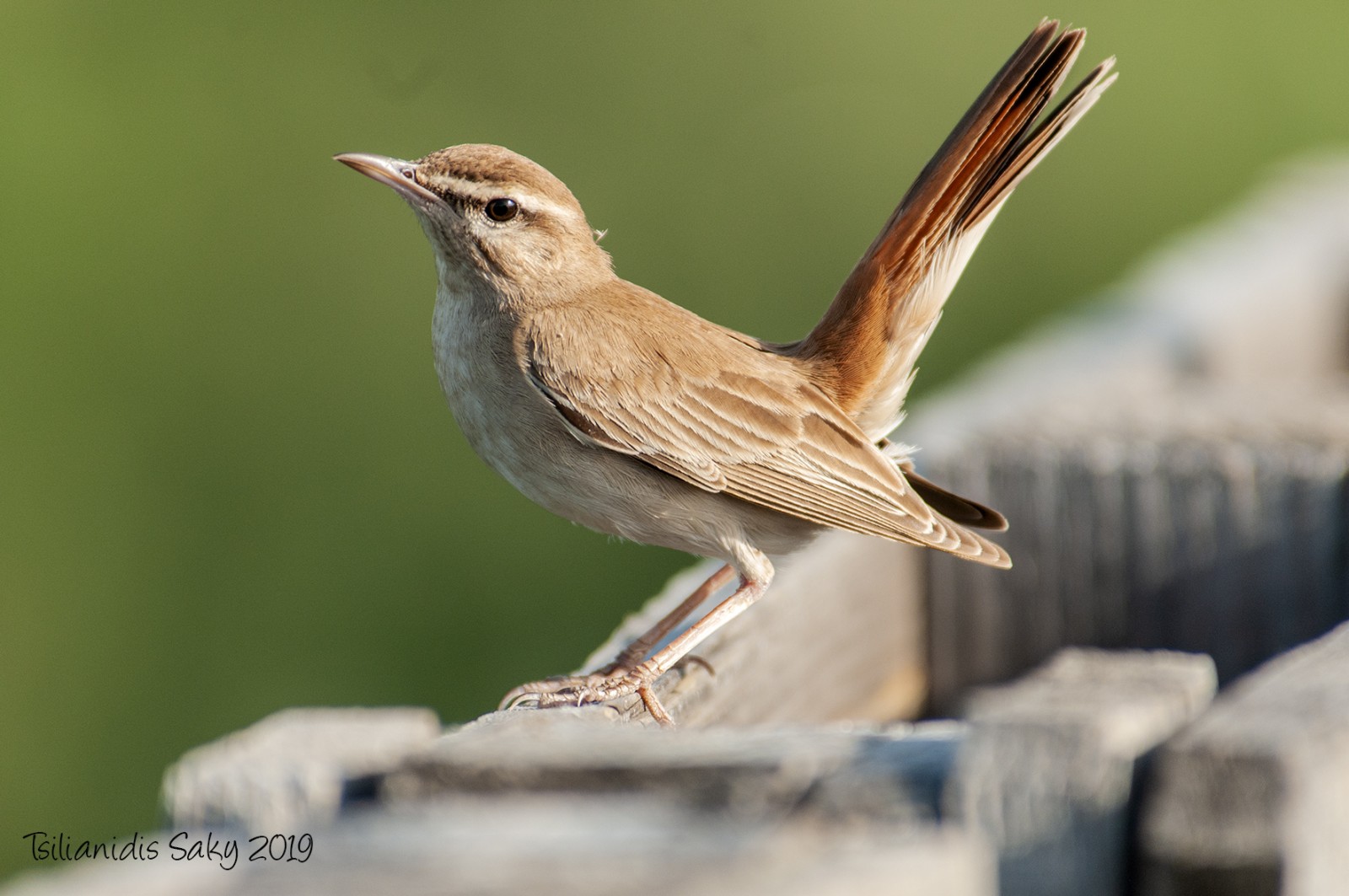Descrição
Thanks to the considerable alternation in its ecological conditions – ranging from agricultural crops and fields to salty ground, marshes and dunes – the Axios Delta is an ideal biotope for many species of wild animals and birds. Almost 300 kinds of birds take refuge here, like Alcaravão, Flamingo-comum, Pelicano-crespo, Corvo-marinho-pigmeu, Alfaiate, Íbis-preta and Perdiz-do-mar.
The route you see on the map is possible to drive with all kind of cars. We had a lot of nice observations along this route. The path begins at in the north for 6 km before you arrive on the sea. After that you have the sea on the right side and to the left the lagoon. Birds are everywhere.
Detalhes
Acesso
You can drive to the area from the village of Chalastra on the Thessaloniki Athene highway. But note that Chalastra only has an exit when you arrive from the north, coming from the south there is no exit at Chalastra. So when you arrive from the south click on a P in the map for directions. The route can be done by car, but also by bike or on foot.
Terreno e Habitat
Rio , Terras húmidas , Árvores e arbustos dispersos , Agricultura , Mar , Camas de juncoCondições
Plano , Poeirento , Pantanoso , Sem sombraCaminho circular
Nãoé útil um telescópio?
Pode ser útilBoa temporada de observação de aves
Durante todo o anoMelhor hora para visitar
Inverno , Migração da primavera , Migração de outonoRota
Estrada não pavimentadaCaminho dificil
FácilAcessível por
Pé , Bicicleta , Cadeira de rodasAbrigo/plataforma deobservação de aves
SimInformação extra
The Axios Delta is of worldwide ornithological importance, as considerable populations of rare birds stop, nest or overwinter here. These species include Pelicano-crespo, Maçarico-de-bico-direito, Socó-taquari, Papa-ratos, Perdiz-do-mar, Gaivota-de-cabeça-preta, Corvo-marinho-pigmeu and Borrelho-de-coleira-interrompida. Given its location on one of the main migratory routes in Europe, thousands of water birds stop in this wetland during the migration season in order to feed, while important numbers of waterbirds at a European level gather here during the winter. A total of 299 species of birds have been documented in this area – that is, 66% of all bird species observed to present in Greece, and of these 106 nest here.



